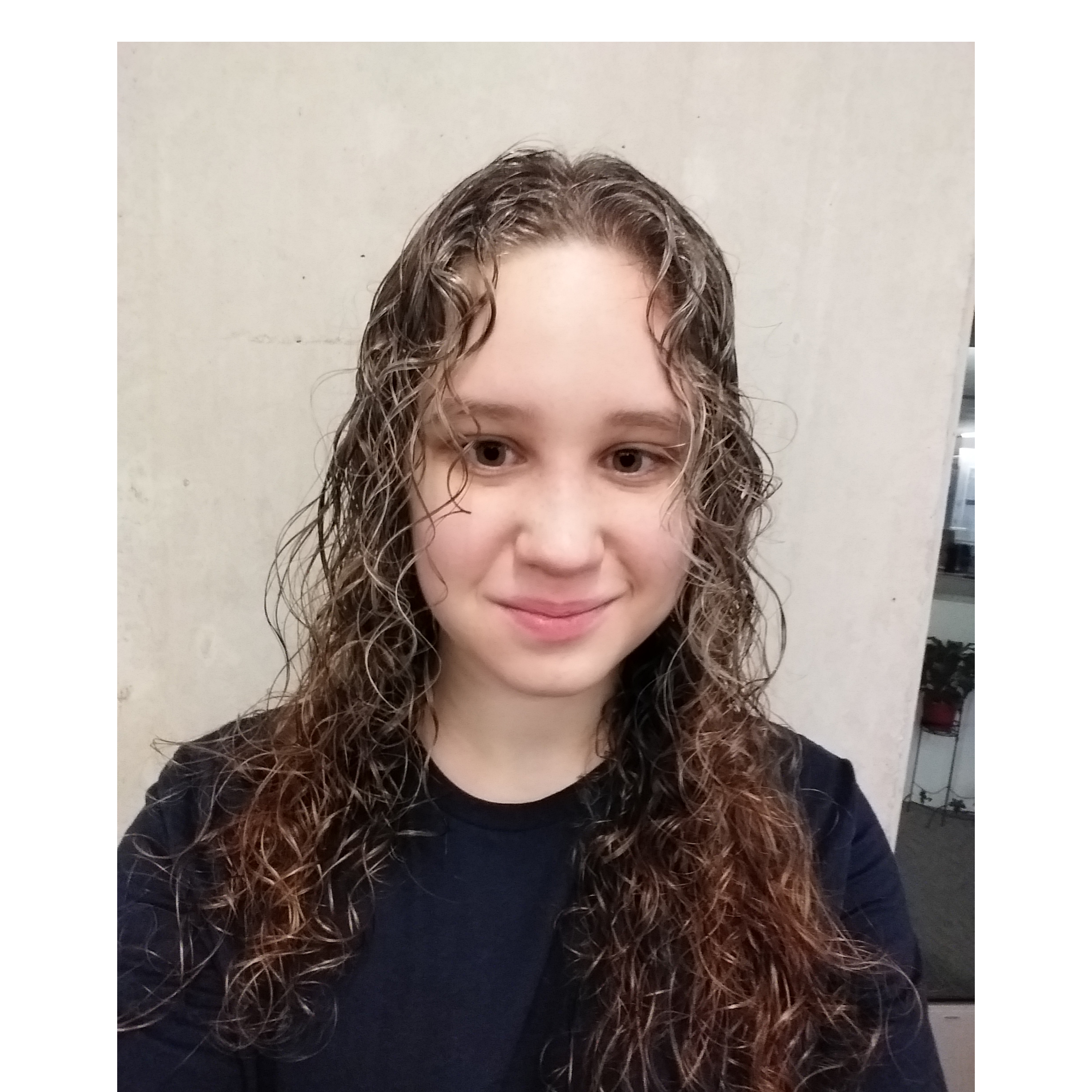Maegan Dailey, Graduate Student, Besson Lab, GW Department of Chemistry
Lanthanoid (III) Diphthalocyanines and Goblet-Shaped Complexes: Old and New Architectures for Molecular Qubits Candidates
The Department of Chemistry Presents: Maegan Dailey, Graduate Student, Besson Lab, GW Department of Chemistry
Online and In-person
As quantum computing becomes more popular, research groups from all over the world are focusing on synthesizing usable quantum bits, or qubits, the essential building blocks of a quantum computer. Specifically, significant research has focused on single-molecule magnets, which are molecules with high magnetic blocking temperatures and large spin-relaxation barriers, as these properties are a direct measure of information storage. Lanthanoid (III) diphthalocyanine (LnPc2) double-decker complexes are one class of molecules that have been intensely studied, especially since TbPc2, in particular, has been shown to be an effective single-molecule magnet. Presented here is an investigation of the structure and magnetism of four distinct LnPc2 polymorphs, which can be selectively and reproducibly prepared with different metal centers. It will be shown how controlled crystallization allows for fine-tuning the molecular geometry, intermolecular interactions, and their impact on the resulting magnetism. Halogenated complexes, which have been largely unexplored thus far, were synthesized and characterized to investigate how the position of the halogen substituents affects magnetic properties.
Despite their unique electronic and magnetic properties, LnPc2 complexes are not without their shortcomings, including low yields and lengthy purification process. In an effort to overcome these shortcomings, new goblet-shaped complexes were investigated. These complexes consist of three parts. A flat triazatruxene or phloroglucinol base will allow for the complex to be deposited on a surface. A carbon chain linker connects this base to a triscyclopentadienyl lanthanoid (III) bowl, which will provide the anisotropy and bistability that should ideally give the desirable magnetic properties. Presented here is the convergent synthesis of these complexes, a complex task due to the coexistence of several active functional groups, with a focus on the reaction of ethylene carbonate with the flat bases of the goblet complex. An in-depth analysis of the magnetic properties, in direct comparison to the lanthanoid (III) triscyclopentadienyl complexes will also be presented.
Bio:
Meg Dailey received her bachelor’s degree from York College of Pennsylvania in 2013, after which she moved back to New York for a gap year that consisted of working at Barnes and Noble and consuming a significant amount of coffee. In the fall of 2014, Meg began her graduate studies at Georgetown University, but after two years left to pursue completely different research at the George Washington University under the guidance of Dr. Claire Besson. She specializes in synthesizing and characterizing various lanthanoid (III) complexes as potential quantum bits.

